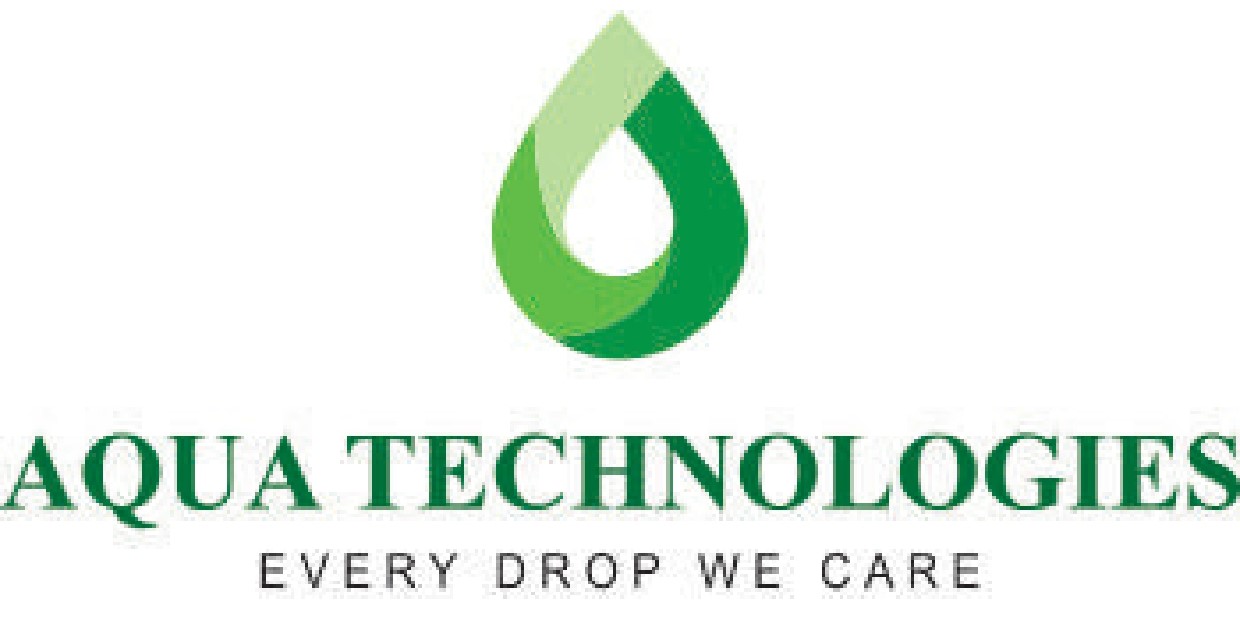We’re looking for people who are empathetic and passionate, who are committed to achieving their goals, and who get excited about challenging topics. People who deliver top performance and push the limits of what’s possible. Who always strive to develop, accept responsibility, and take society into the future.
Career
Creating Career Opportunities in Aqua Technologies
Frequently Ask Questions
The best way to determine if a leakage has been stopped is to perform a visual inspection of the affected area to see if there are any signs of moisture or water damage. If the area appears dry and there is no visible evidence of water, then it is likely that the leakage has been successfully stopped.
You can also use a moisture meter or a hygrometer to measure the moisture content in the affected area. If the readings are within acceptable levels, then it is a good indication that the leakage has been stopped.
However, it is important to note that some leaks can be difficult to detect, especially if they are occurring behind walls or in other hidden areas. In these cases, it may be necessary to consult with a professional plumber or water damage restoration specialist to ensure that the leak has been properly identified and repaired.
The length of time it takes to schedule an inspection can vary depending on several factors, including the availability of inspectors, the complexity of the inspection, and the workload of the inspection agency.
In some cases, you may be able to schedule an inspection within a few days, while in other cases it may take several weeks. It's best to check with the inspection agency in your area to get a more accurate estimate of how long it will take to schedule an inspection.
In some cases, you may be able to expedite the inspection process by paying for an expedited service or by providing detailed information about the project in advance. Additionally, if your project involves a critical or urgent situation, such as a safety hazard or emergency repair, you may be able to request an emergency inspection, which may be scheduled more quickly.
The length of a warranty can vary depending on the product or service being offered. Generally, warranties can range from a few months to several years.
For example, many electronic devices may come with a one-year manufacturer's warranty, while some appliances may have a longer warranty period, such as three or five years.
It's important to carefully review the terms and conditions of any warranty before making a purchase or hiring a service. This will help you understand what is covered under the warranty, as well as any limitations or exclusions that may apply.
Additionally, it's important to keep in mind that warranties may only cover defects or issues that arise due to normal use. If a product or service is damaged or fails due to misuse or neglect, it may not be covered under the warranty.
There are several systems that can be used for roof waterproofing. The choice of system will depend on various factors, such as the type of roof, the climate in the area, the intended use of the building, and the budget for the project. Some common systems for roof waterproofing include:
Built-up Roofing (BUR): This system involves the application of several layers of asphalt and felt or fiberglass membrane to create a waterproof barrier. BUR is a durable and cost-effective option, but it requires skilled labor for installation.
Modified Bitumen: This system involves the use of modified asphalt and a reinforcement layer, such as fiberglass or polyester, to create a waterproof membrane. Modified bitumen is easy to install and can be used on a variety of roof types.
Single-ply Membrane: This system involves the use of a single layer of thermoplastic or synthetic rubber membrane to create a waterproof barrier. Single-ply membrane is lightweight, flexible, and easy to install, but it may not be as durable as other systems.
Spray Polyurethane Foam (SPF): This system involves the application of a layer of foam insulation followed by a waterproof coating. SPF is a versatile and energy-efficient option, but it requires specialized equipment for installation.
Metal Roof Coatings: This system involves the application of a waterproof coating to metal roofs to protect against rust and corrosion. Metal roof coatings can be an effective way to extend the life of a metal roof.
It's important to consult with a roofing professional to determine the best waterproofing system for your specific needs and circumstances.
In waterproofing, the term "negative side" refers to the side of a building or structure that is exposed to moisture or water pressure from the outside. This can include surfaces such as foundation walls or basement walls that are in contact with soil or groundwater.
Water can penetrate through these surfaces and create moisture-related problems, such as mold, mildew, or structural damage. Waterproofing the negative side involves creating a barrier to prevent water from entering the building or structure from the outside.
This can be achieved through a variety of methods, such as the application of waterproof coatings, installation of drainage systems, or the use of vapor barriers. Waterproofing the negative side is an important step in protecting buildings and structures from water damage and ensuring their long-term durability.
Contact Us
Feel Free to Contact us for Any Information
Join Aquatech Technologies for a rewarding career. Contact us to explore exciting opportunities and be part of our innovative team.
+91 9141020691 / +91 98450 20691
kvivek@aquatechnologies.info
No 7/3, KCN Bhavan Compound, Yamunabai Rode,Madhavanagar,Bangalore-560001
